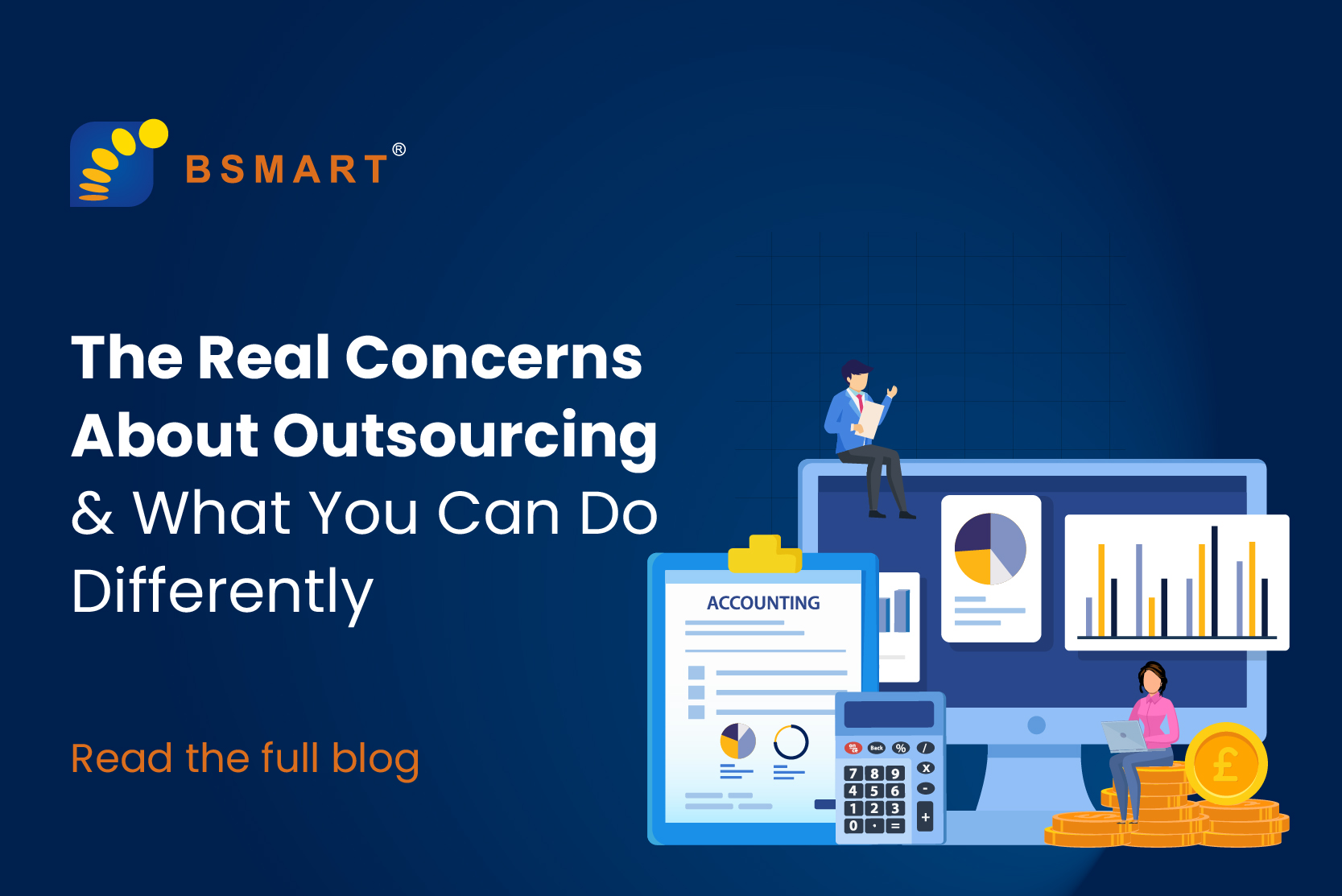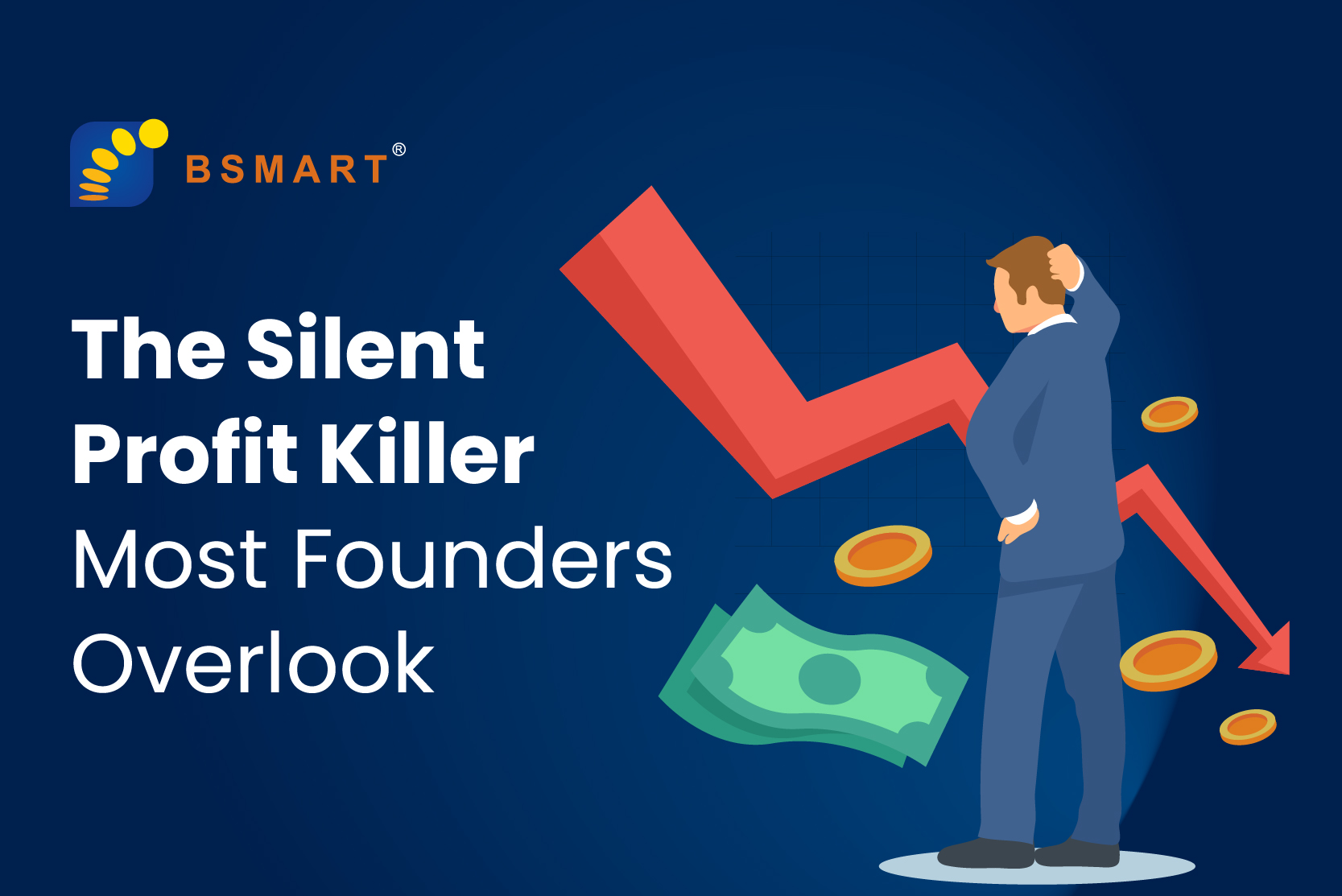The real cost of hiring a full finance team versus a virtual CFO

The real cost of hiring a full finance team versus a virtual CFO
As organisations grow, financial operations evolve from routine accounting to a strategic function that shapes investment, performance, and long-term growth. For many leadership teams, the question is how best to structure that capability, whether to maintain a full in-house finance team or adopt a more flexible model.
In London, the rising cost of talent, regulation, and office infrastructure has prompted a reassessment of what an effective finance function should look like. Advances in digital systems and remote collaboration now allow experienced finance leaders to operate virtually, offering the same strategic value as a full-time executive at a fraction of the cost.
This blog examines the comparative economics of an in-house finance team and a virtual CFO, exploring how each model influences efficiency, governance, and financial resilience.
The traditional model
A full finance team offers control, visibility, and direct access to financial information. Yet the financial burden of maintaining such a structure in London is significant.
Typical annual salaries in 2025 are as follows: bookkeeper £30,000, accountant £47,000, finance manager £70,000, and CFO or finance director £120,000 or more. These figures exclude employer National Insurance contributions of 15 percent, pensions of 3 percent or higher, paid leave, sick pay, maternity and paternity leave, training, technology, and office space. Once these are added, a modest in-house finance department can cost between £370,000 and £400,000 a year, before recruitment fees, bonuses, or turnover are considered.
For large enterprises, this may be justified. For smaller and mid-sized organisations, the fixed cost of retaining senior financial talent full-time can restrict investment in growth and innovation.
The virtual CFO model
A virtual CFO provides the same level of financial leadership as an in-house executive but on a flexible and scalable basis. They do not usually complete bookkeeping tasks. Instead, they oversee those functions, ensuring accuracy, interpreting performance data, and guiding strategy.
Their responsibilities typically include designing financial models and forecasts aligned with business plans, managing cash flow, advising on funding and investment, overseeing outsourced accounting and compliance partners and providing board-level insight and recommendations.
This structure separates strategic leadership from operational execution, allowing each function to operate at the appropriate level of expertise and cost.
The cost comparison
Consider a mid-sized London business with annual revenue of around £10 million.
An in-house structure with an accountant and finance manager, supported by office space, training, and technology, costs roughly £160,000 per year. A hybrid model, with an internal accountant supported by a fractional CFO, typically costs around £83,000.
A fully outsourced model, where bookkeeping, accounting, and CFO oversight are provided by a single service, costs in the region of £45,000 per year.
In each scenario, the virtual CFO model provides strategic oversight and governance at less than half the cost of maintaining an in-house team.
When a fractional CFO adds the most value
A fractional CFO is not simply a cost-saving measure but a strategic asset. The model is particularly effective in three types of organisations.
The first is where a company already has internal finance staff such as an accountant or bookkeeper managing daily operations. In this case, a fractional CFO brings additional leadership and analytical insight, improving reporting quality, forecasting, and financial control.
The second is where a business has only one finance employee. Relying on a single individual can create gaps in strategic planning, compliance, and oversight. A fractional CFO provides structure, external perspective, and an additional layer of assurance.
The third is where there is no existing finance function. Here, the entire department can be outsourced under the direction of a virtual CFO. This model provides enterprise-level expertise, systems, and reporting without the cost or management time required for internal hires.
Beyond cost considerations
The benefits of a virtual CFO extend beyond immediate financial savings. Scalability is one key advantage as support can be increased during periods of growth, acquisition, or investment and reduced when activity slows.
Technology integration is another benefit. Fractional/virtual CFOs often use cloud-based accounting platforms that provide real-time financial visibility, accurate reporting, and secure data sharing.
Governance is also likely to be strengthened, as senior-level financial leadership improves compliance, audit readiness and investor confidence as well.
With fewer fixed costs and faster access to insights, leadership teams can also make data-driven decisions more effectively and respond quickly to market developments.
The hybrid future of finance
Some growing organisations have small in-house finance teams or one finance person to manage daily tasks but lack the senior expertise of a full-time CFO. In a hybrid setup, the in-house team handles day-to-day accounting and control, while an outsourced or fractional CFO provides high-level strategy, forecasting, and financial leadership.
Rethinking financial leadership
Financial leadership is no longer defined by presence in an office but by insight, accuracy and the ability to guide decision-making. The outsourced CFO model allows organisations to access this capability without carrying the fixed cost of full-time executives.
For many businesses, the outcome is not only a reduction in cost but a transformation in performance and resilience.
For start ups, SMEs and most growing organisations, an outsourced CFO is the way forward.






